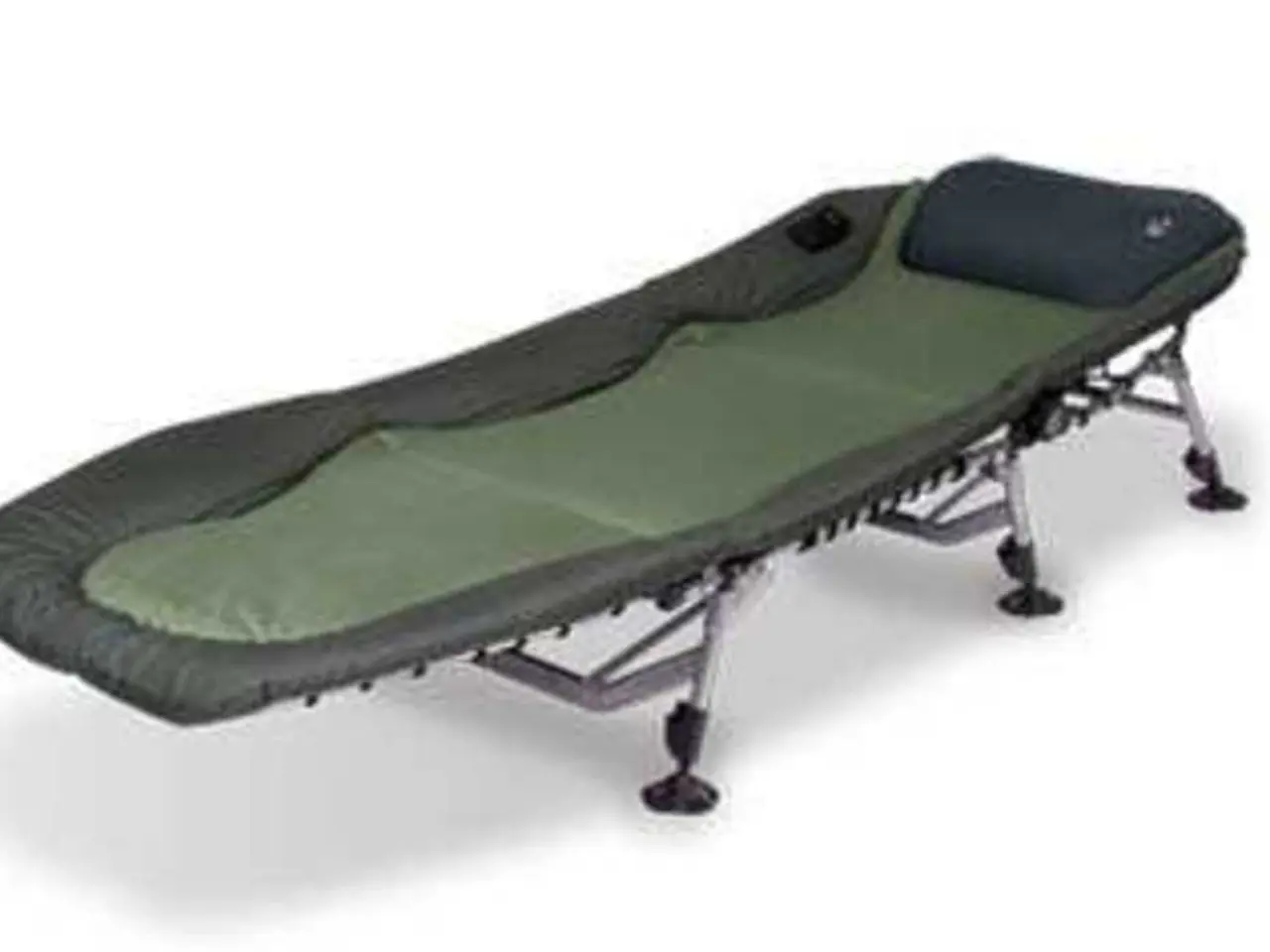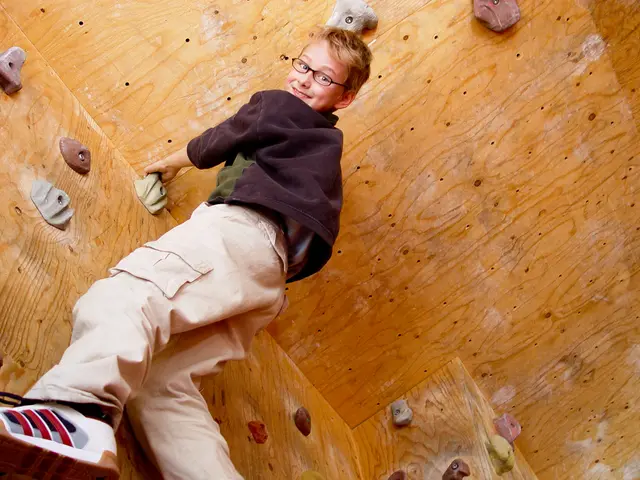Revive Your Dormant Glutes: Follow These Strategies for a Perkier Posterior after Prolonged Sitting
Addressing Dead Butt Syndrome: A Guide to Prevention and Treatment
Dead Butt Syndrome, also known as gluteal amnesia or gluteus medius tendinosis, is a common condition caused by prolonged sitting and muscle weakness in the gluteus medius, one of the primary muscles in the buttocks. This condition can lead to numbness, tingling, and pain in the buttocks, as well as hip and lower back pain[1][5].
Causes
The primary cause of Dead Butt Syndrome is a sedentary lifestyle, often associated with desk jobs or long car rides. Muscle weakness, poor posture, and an imbalance known as lower cross syndrome, which involves weakened glutes and tight hip flexors, can also contribute to the development of this condition[2].
Prevention and Treatment
To prevent or treat Dead Butt Syndrome, it is recommended to regularly activate and strengthen the glute muscles, take frequent breaks from sitting, practice stretching exercises, maintain good posture, and incorporate aerobic and strengthening exercises[1][2][5].
Regularly activating the glute muscles can be achieved through exercises like glute squeezes, bridges, hip abductions, and clamshells. To make the clamshell exercise more challenging, place a resistance band around your thighs[2].
Taking frequent breaks from sitting to stand, stretch, or walk can give the "sitting muscles" a break while activating other muscles. Aim to work at least 20 minutes of standing or walking into every hour in the office[2].
Stretching exercises such as the seated spinal twist stretch, the runner's lunge stretch, and side-lying leg lifts can improve hip flexibility and alleviate muscle tension[2]. It's essential to hold stretches for one to two minutes to get the full benefit[3].
Athletes, especially avid runners who forgo cross-training and regular stretching, can also develop Dead Butt Syndrome due to muscle tightness[1].
If symptoms persist, consulting a healthcare professional such as a physical therapist or chiropractor may help develop a personalized exercise and rehabilitation plan[1].
In summary, Dead Butt Syndrome results from muscle weakening due to inactivity and prolonged sitting, and it can be effectively managed and prevented by regular glute activation, stretching, and posture adjustments.
Exercise Instructions
- Glute bridges: Lie on your back, lift your hips while tightening your butt and ab muscles, hold for 10 to 15 seconds, lower your hips, repeat 10 times, do two or three sets.
- Glute squeezes: While seated, contract and tighten the butt muscles for 15 to 30 seconds, then relax and repeat as needed to get the blood flowing and muscles activated.
- Side-lying leg lifts: Lie on your right side, raise your left leg toward the ceiling, bring it back down, repeat 15 to 30 times, then flip over and repeat with the right leg.
- Runner's lunge stretch: Kneel on your right knee, step your left foot forward, push your hips forward, hold the stretch for one to two minutes, then switch legs and repeat.
- Clamshell: Lie on your right side, lift your bent left leg toward the ceiling like a clam, return to starting position, repeat 20 to 40 times, then flip over and repeat with the right leg.
[1] Mayo Clinic. (2019). Piriformis syndrome. [online] Available at: https://www.mayoclinic.org/diseases-conditions/piriformis-syndrome/symptoms-causes/syc-20355694
[2] Healthline. (2020). Dead butt syndrome: Causes, symptoms, and treatments. [online] Available at: https://www.healthline.com/health/dead-butt-syndrome
[3] Verywell Fit. (2021). How to Perform the Clamshell Exercise. [online] Available at: https://www.verywellfit.com/how-to-do-the-clamshell-exercise-3420635
[4] Verywell Fit. (2021). How to Do Glute Bridges. [online] Available at: https://www.verywellfit.com/how-to-do-glute-bridges-4061730
[5] Healthline. (2021). Gluteal amnesia: Causes, symptoms, and treatment. [online] Available at: https://www.healthline.com/health/gluteal-amnesia
- Maintaining a regular fitness and exercise routine that includes exercises focused on health-and-wellness for the workplace-wellness can help prevent Dead Butt Syndrome and other related muscle conditions.
- Emphasizing health and fitness in our daily activities, especially by taking regular breaks from sitting to stretch and engage in exercises like glute bridges, glute squeezes, side-lying leg lifts, runner's lunge stretch, and clamshell, can promote long-term health and wellness during the aging process.
- As we grow older, it's crucial to prioritize health-and-wellness, scientifically-backed fitness practices, and proper posture, as aging can exacerbate muscle weaknesses and increase the risk of conditions like Dead Butt Syndrome.




